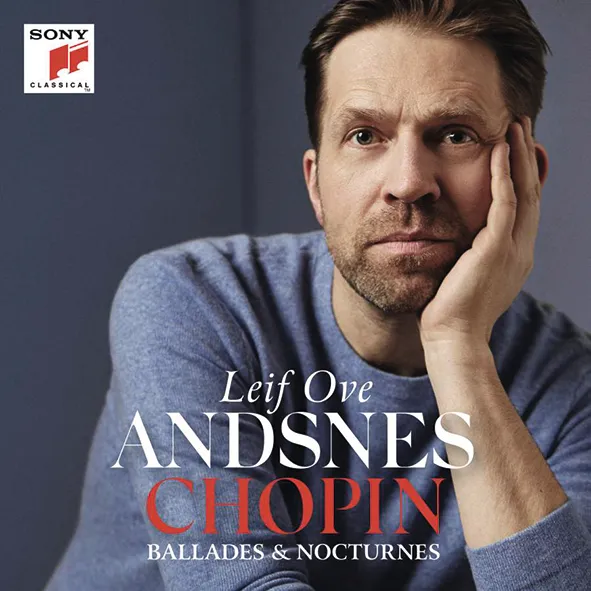
Chopin Ballades; Nocturnes Leif Ove Andsnes (piano) Sony 19075822932 50:02 mins
Revealingly, Leif Ove Andsnes remarks in the liner notes that Chopin’s Ballades ‘are so difficult to perform because everything is transitional’. They do undoubtedly unfold according to some logic that seems to lie beyond the purely rational, solving with apparent insouciance the composer’s problem identified by Alan Rawsthorne: ‘What comes next?’ Pianists who defy this logic, either through incompetence or through a desire to be different at all costs, will inevitably cause disappointment and even outright fury. Andsnes, I sense, is not interested in being different, just in being honest. The magnificent tunes, here and in the three Nocturnes that separate the Ballades, are discreetly pedalled and vivified by the subtlest touches of rubato, often just enough to give space to some crucial harmony that introduces a transition. Andsnes keeps in mind Chopin’s recipe for rubato, according to his pupil Wilhelm von Lenz, that ‘the left hand is the choirmaster. It mustn’t relent or bend. It’s a clock. Do with the right hand what you want and can,’ together with Karol Mikuli’s memory that Chopin’s rubato was ‘fluid, natural.’
For me, Andsnes’s high class is especially evident in the extraordinary 24-bar tune that opens the C minor Nocturne, which flows like some piece of great oratory, with highs and lows, explanations and divergences, natural outcomes and delightful surprises. Where the music is simple, as at the beginning of the second Ballade, it is allowed to be just that, intelligent shaping helped by Andsnes’s willingness to play really pianissimo, and to phrase within that constriction. Describing the first theme of the fourth Ballade, he asks of Chopin, ‘how can he give voice to this kind of pain?’ Yes, there is pain. But only where Chopin writes it. And it is offset by myriad beauties of tone and understanding. A delectable disc.
Roger Nichols